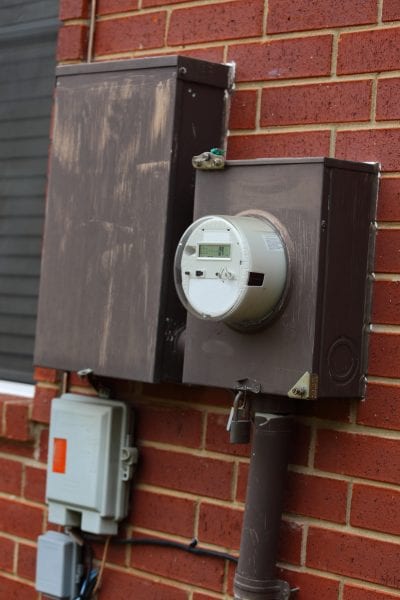Emergency Handbook

Restoring electrical systems and evaluating damage to appliances are high priorities after flooding. But before any electrical system is turned on, it should be thoroughly checked for short circuits by an electrician. It is wise to ask your power supplier for advice and assistance.
- Before entering your home or business after a flood, make sure the electricity has been completely shut off. Have electricity shut off at both the meter and in the buildings. When touching switches, stand on a dry board and use a dry stick or rubber gloves to pull handles.
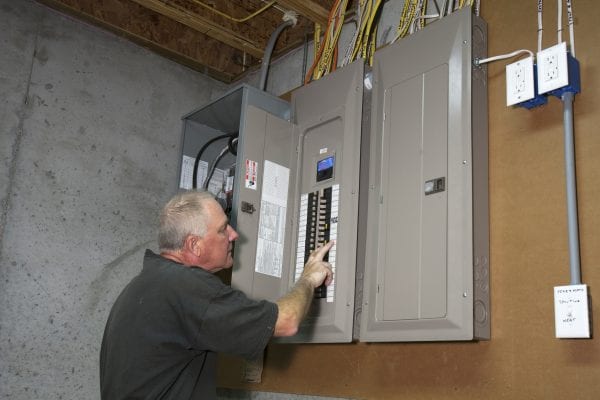
- Do not operate appliances until they have been thoroughly cleaned and reconditioned. Running equipment before it has been properly cleaned could seriously damage it and cause electrical shock.
- Pump out all floodwater before attempting to work on any electrical system. Remove all covers from all switches, convenience outlets, light outlets, and junction boxes that have been under water or water damaged. Unscrew all light bulbs. Disconnect all plug-in equipment and turn the operating switch to the off position at each piece of permanently connected equipment.
- Remove all circuit fuses or place circuit breakers in the off position to ensure that power is off. Pump out all floodwater before attempting to work on any electrical system.
- If floodwater covered the first floor of your home or business, electrical outlets and switches are probably wet. They must be dried before service can be restored. Remove the covers from switches, convenience outlets, and other electrical connections. Pull receptacles, switches, and wires about 2 inches out from their boxes. Do not disconnect the wires.
- Clean out any mud and dirt with clean water. Allow wires and connections to dry thoroughly. This may take several days or even a week depending on how wet the system is and if any heat is available to help dry it out.
- Use extreme caution in cleaning mud and dirt from the main entrance box. Because the power line enters here, this is the most hazardous part of the electrical system to work on. Assume the power line is hot, even if a test shows power is off. Wear rubber gloves and rubber-soled shoes. Do not touch anything wet or stand in water while working on the box.
- The system must then be checked for electrical shorts. While standing on a dry board or ladder, and wearing rubber gloves and rubber-soled shoes, check the main switch to be sure all fuses are removed.
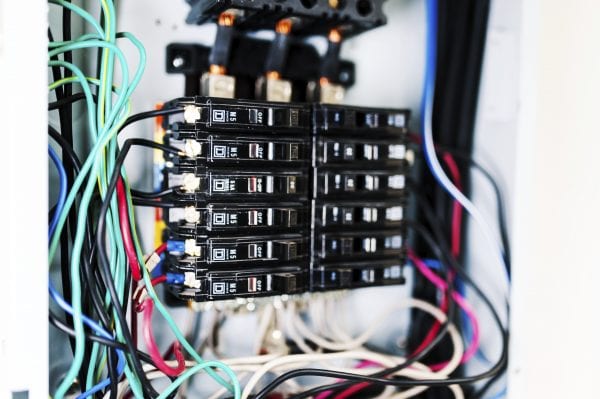
- Close the main switch and look for sparks or smoking wires. If you see either, it means a shorted switch connection. If you see evidence of such shorts, carefully try to correct the problem. You may need a new switch.
- If the switch is in working order, open the switch and insert a fuse in one branch circuit. Close the switch to check for shorts in that branch circuit. If the fuse doesn’t blow immediately, wait at least 15 minutes to check for slower electrical leaks. Smoking wires and sparks in the circuit also indicate trouble. Carefully inspect all parts of the branch circuit you are checking.
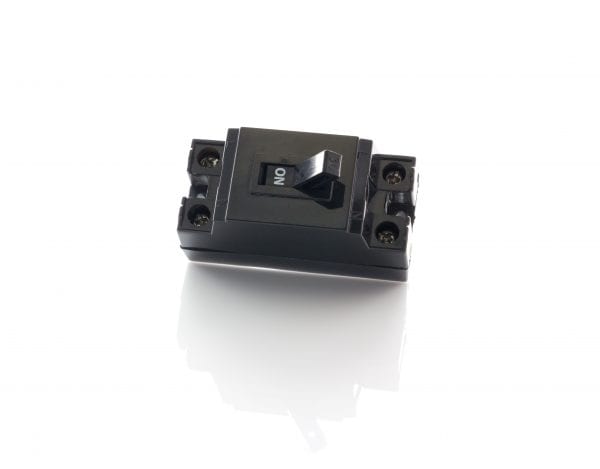
- If there are any signs of smoking or heating, or if the fuse blows or circuit breaker trips, remove all fuses and open the main switch. You may need to do additional cleaning and drying, or you may need to replace circuit parts.
- After all circuits have been checked and found to be in good condition, again remove all fuses and open the main switch. Push electrical receptacles, switches, and light outlets back into junction boxes, and replace covers.
- Again, check each branch circuit by replacing one fuse at a time and closing the main switch. If everything is okay, close the main switch.
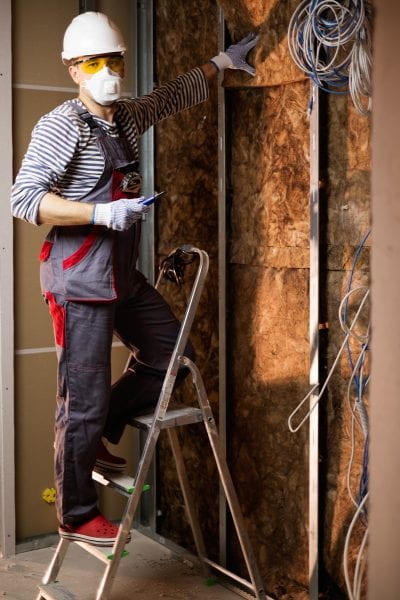
- For 24 hours be careful when using receptacles and switches. There may be slow leaks, which could cause shocks. Do not plug in electrical appliances that have been flooded until they have been reconditioned.
- If some circuits are faulty, use only the undamaged ones. Do not overload undamaged circuits with too many lights or appliances until normal capacity is restored.
- Some newer homes and businesses may have a ground fault circuit interruption system with their circuit breaker. This will probably need to be replaced.
Before an Emergency
Know the location of your main circuit breaker and box. The main circuit box is generally located inside the house, but additional breakers may be located outside.
Ensure the breakers, including the main breaker, in the main circuit box are correctly labeled. Correct labeling will help you ensure power is cut to the appropriate appliances or to the entire house.
Inspect your house for faulty wiring and electrical sockets. In many older houses the insulation around wires may have deteriorated, or wire connections may have become loose.
Provide an added layer of protection by wearing safety boots and gloves that provide electrical hazard protection.
Use pesticides only according to the directions on the label. Follow all directions, precautions, and restrictions that are listed. Do not use pesticides on plants that are not listed on the label. Trade and brand names used are given for information purposes only. No guarantee, endorsement, or discrimination among comparable products is intended or implied by the Alabama Cooperative Extension System. This publication is for information purposes only and should not be a substitute for recommendations or treatment by a health care provider.


